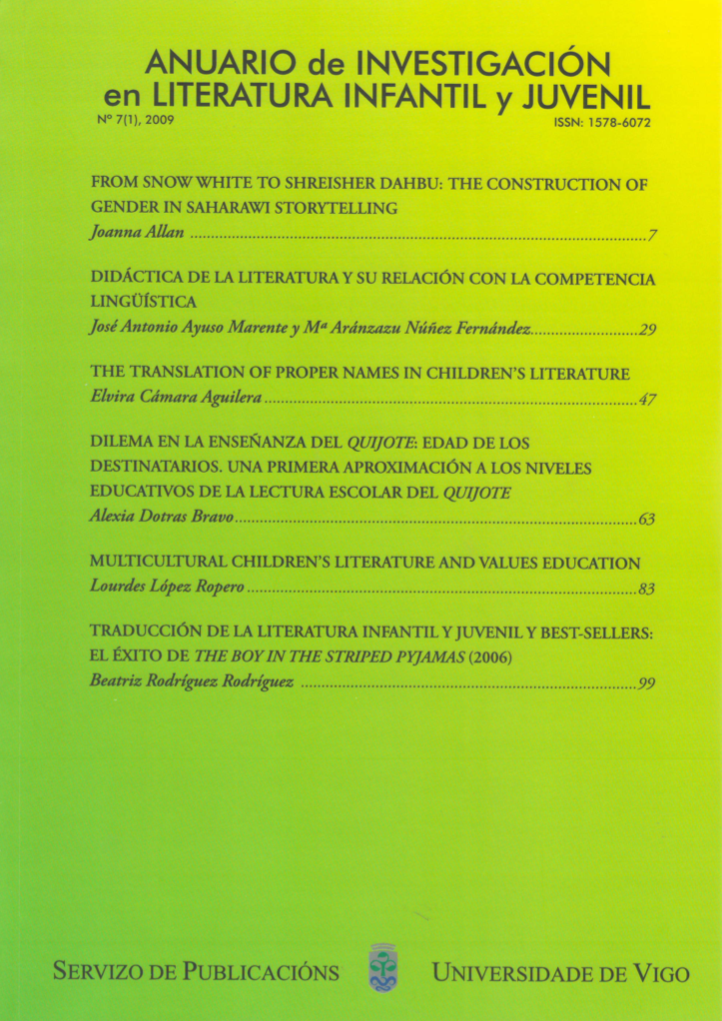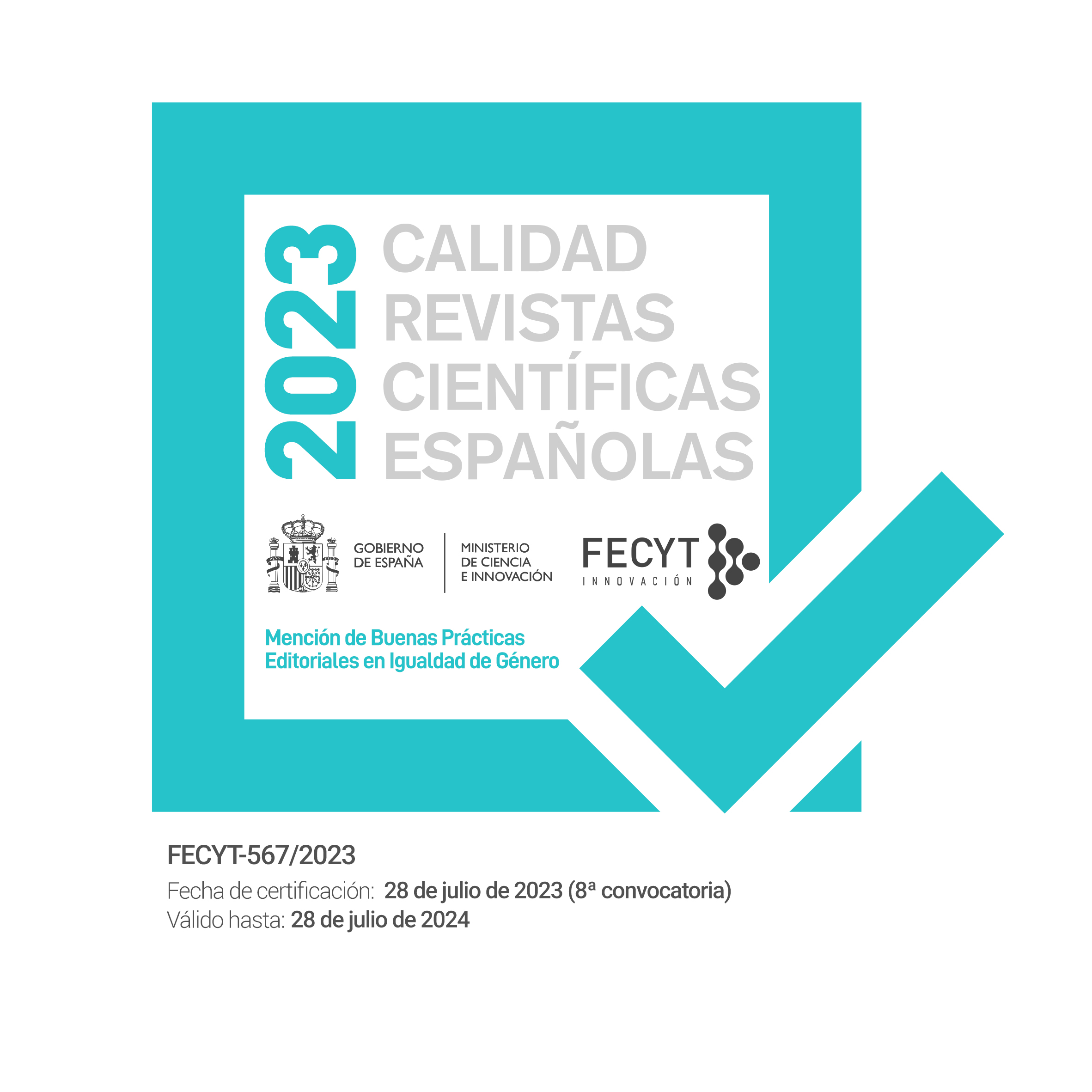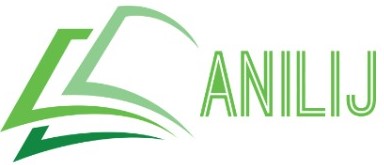From snow white to shreisher dahbu: the construction of gender in saharawi storytelling
Keywords:
Western Sahara, gender, fairytales, PolisarioAbstract
The Saharawi refugee camps of Tindouf, Algeria, governed by the Saharawi liberation front the Polisario, were formed in 1975 when the Saharawis were forced to leave their country, the Western Sahara (previously a Spanish colony), due to the invasion of Moroccan and Mauritanian forces. Women play a key role in the running of these camps, and many international journalists, intellectuals and members of the public have commented on the advancement in the emancipation of women, in sharp contrast to the stereotypical Western image of Arab and Islamic women as passive, submissive and heavily oppressed. Indeed women, and the supposed liberation and gender equality that they enjoy, are a common focus in Polisario discourse. Yet what images of women are presented in traditional Saharawi culture? By exploring representations of gender in traditional Saharawi stories — and comparing and contrasting them with European fairytales in order to more brightly illuminate the constructions of gender particular to the Sahara - Í attempt to address this question.
Downloads
Downloads
Published
Issue
Section
License
Anuario de Investigación en Literatura Infantil y Juvenil has been published in open access from 2019 (vol. 17). The journal allows the authors to retain publishing rights. Authors may reprint their articles in other media without having to request authorization, provided they indicate that the article was originally published in Anuario de Investigación en Literatura Infantil y Juvenil. The journal holds the copyright of printed issues (volumes 0-16).





